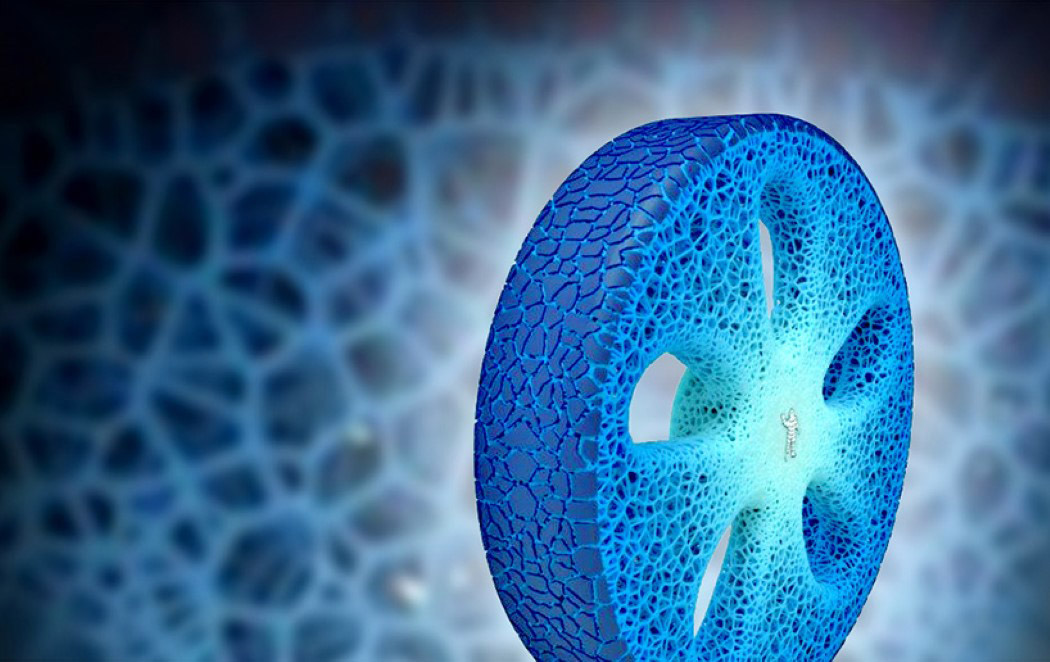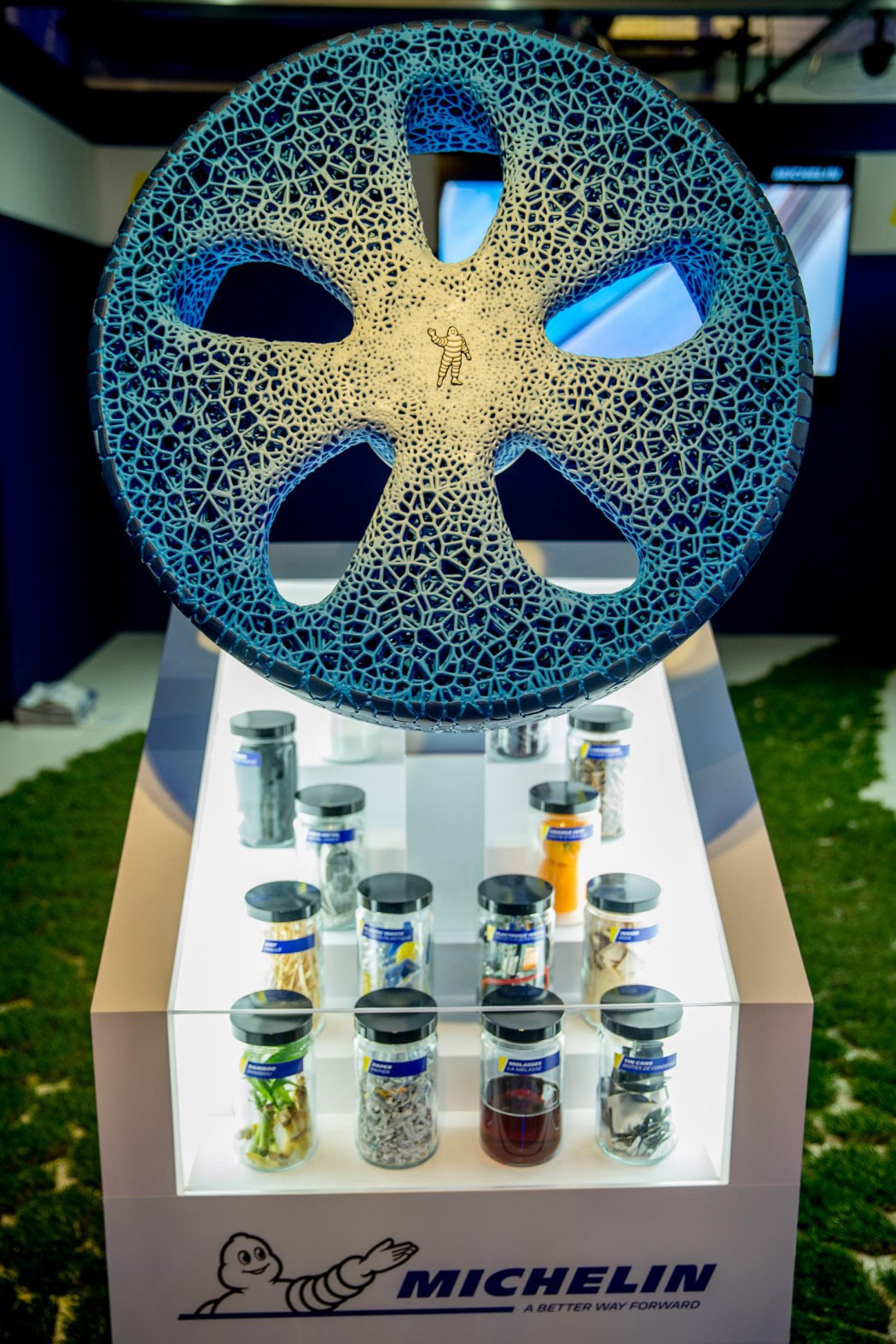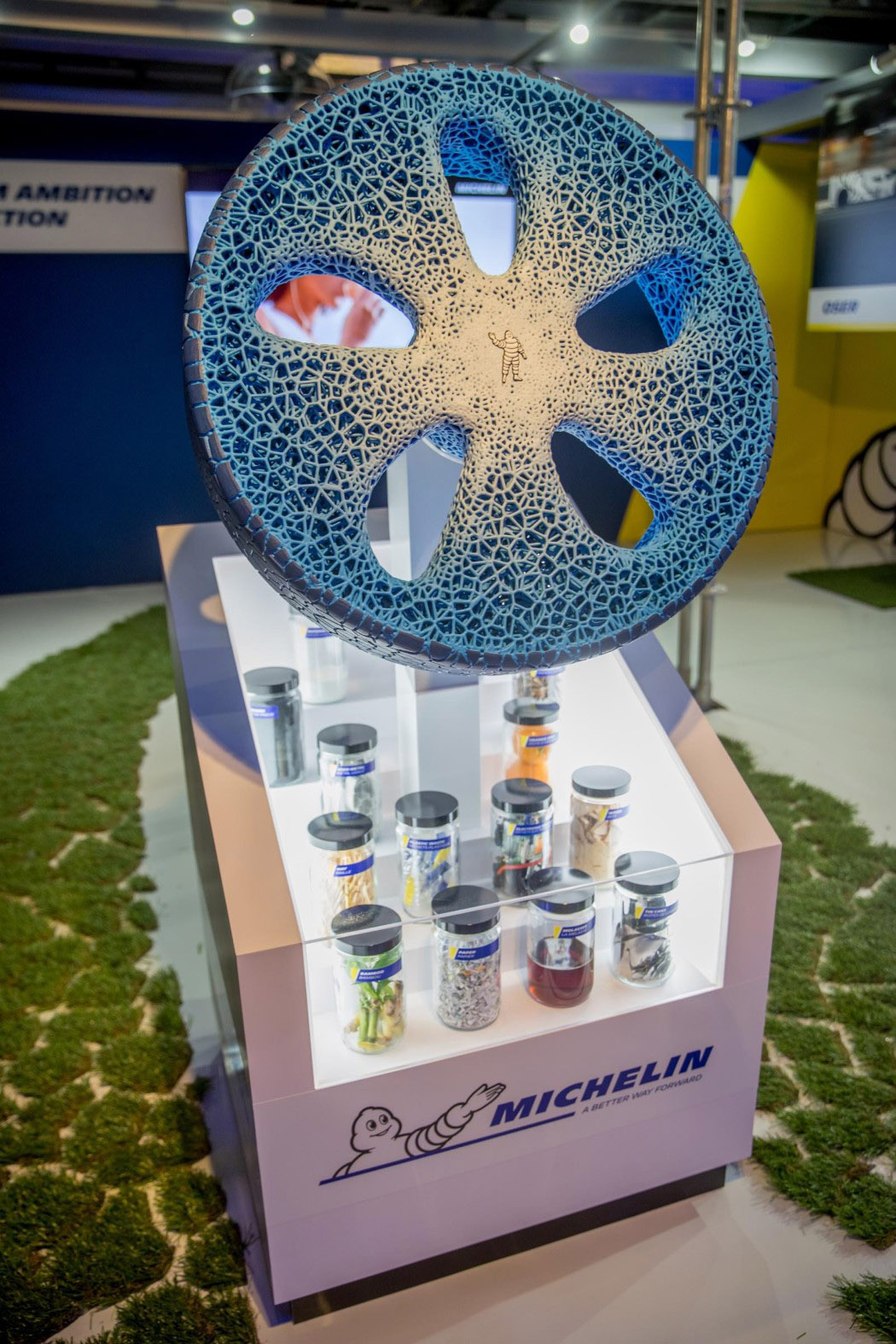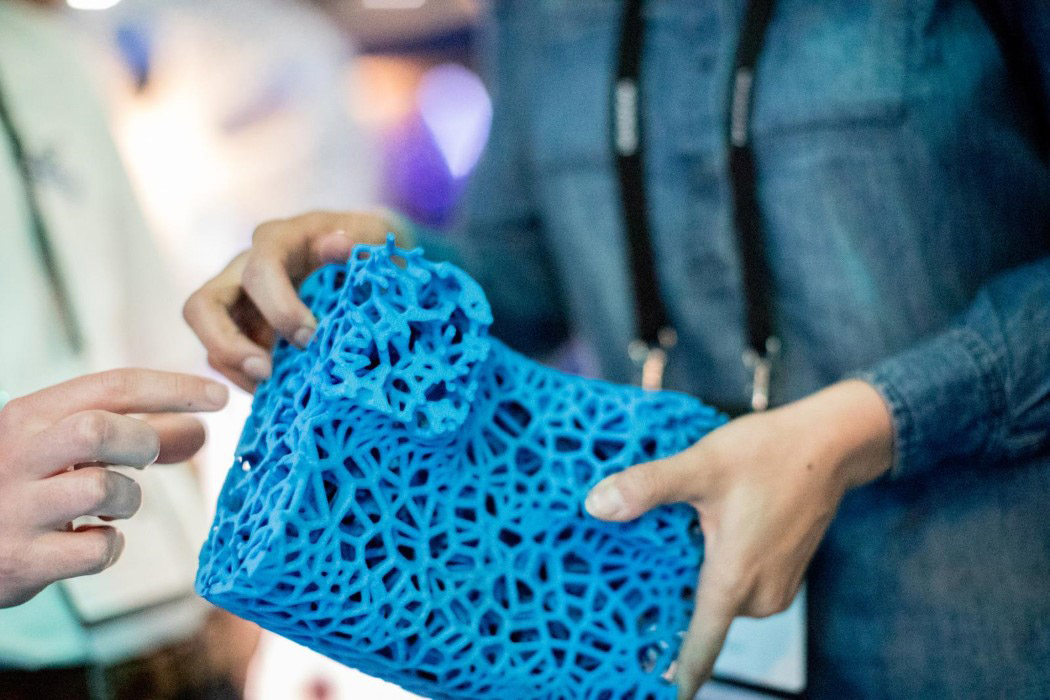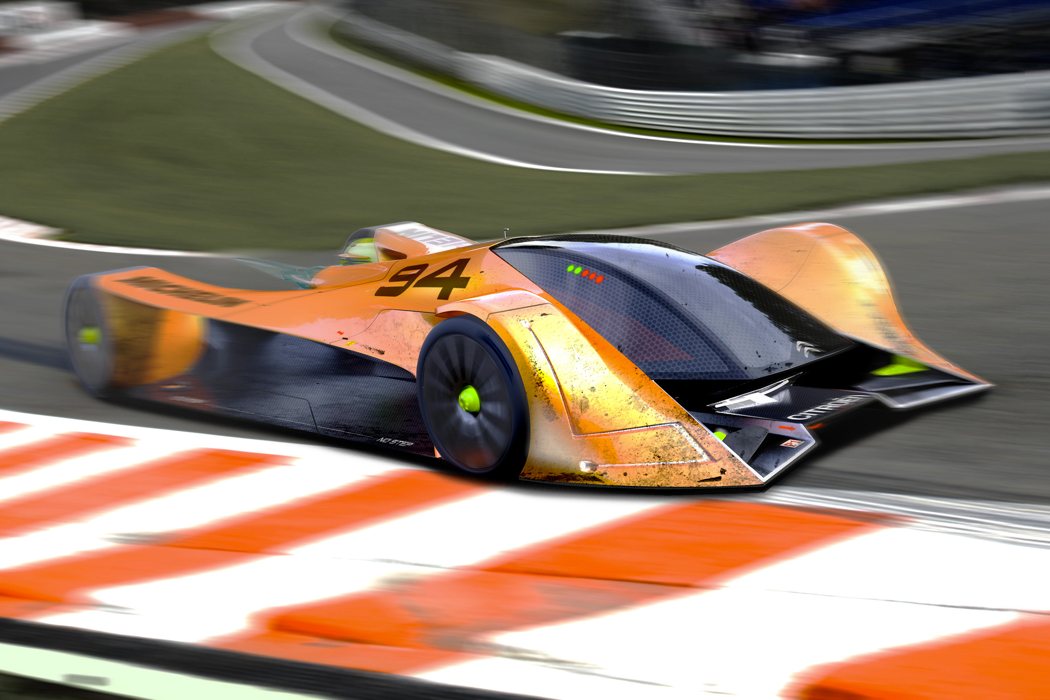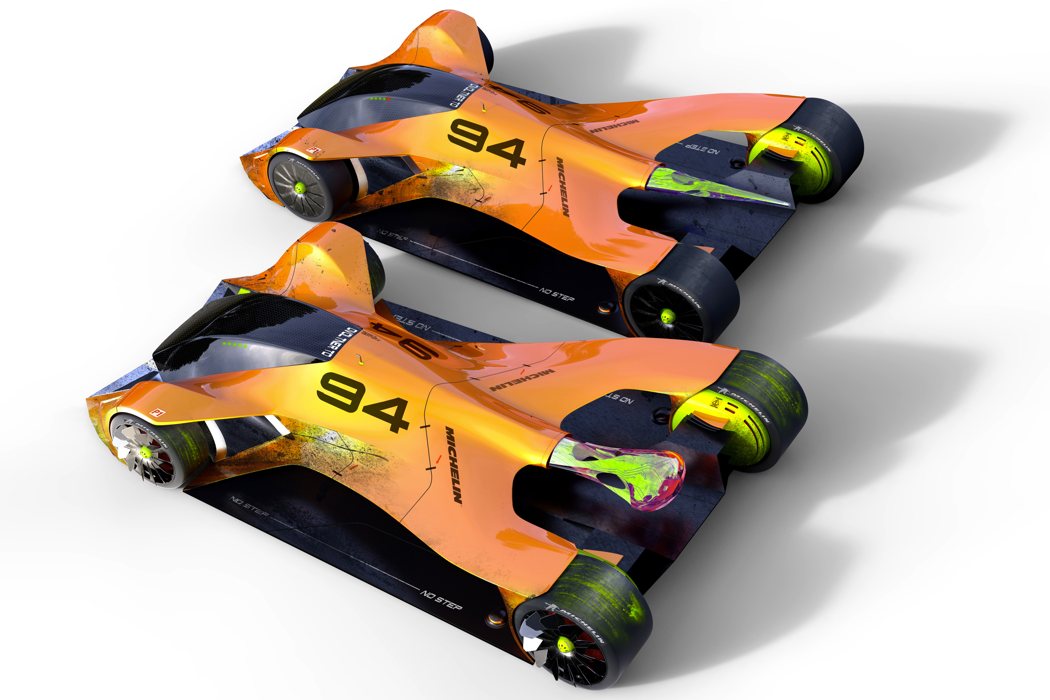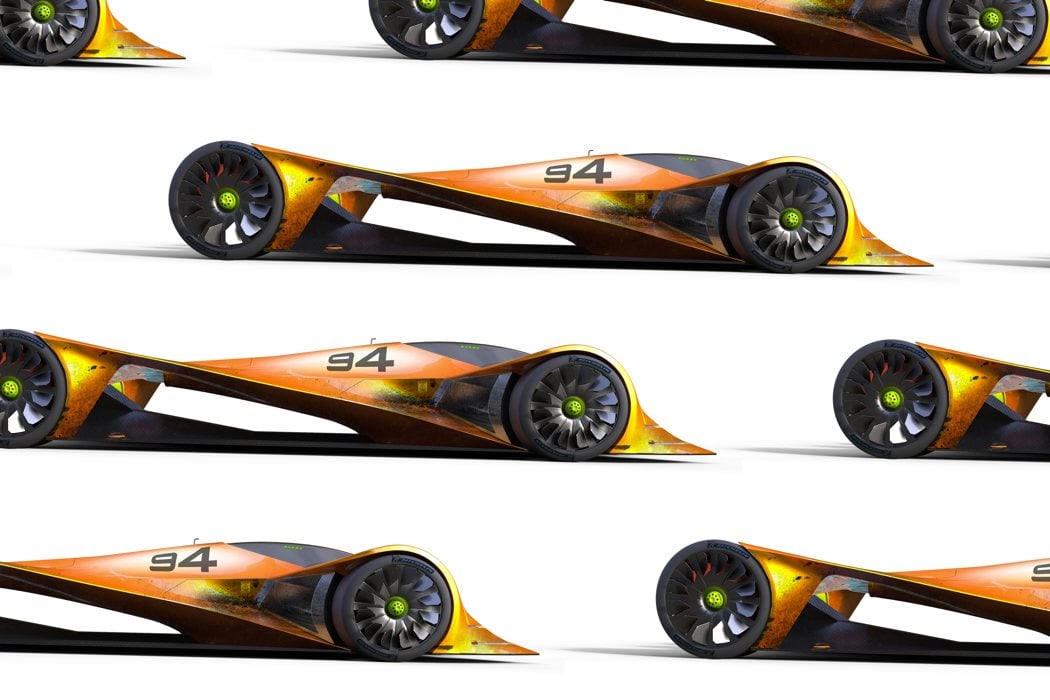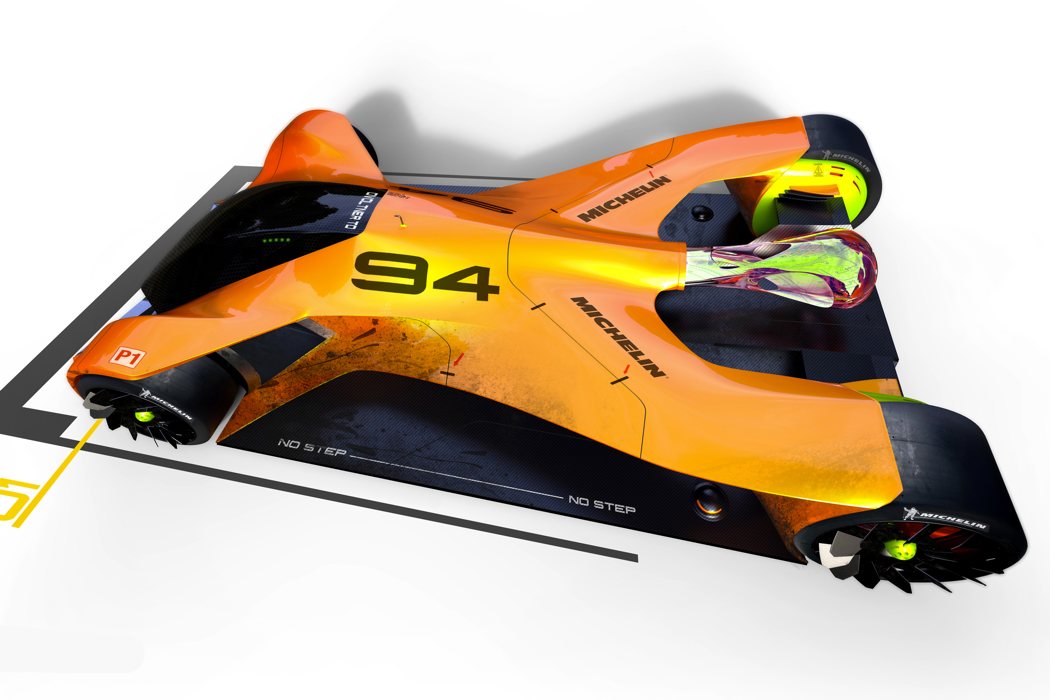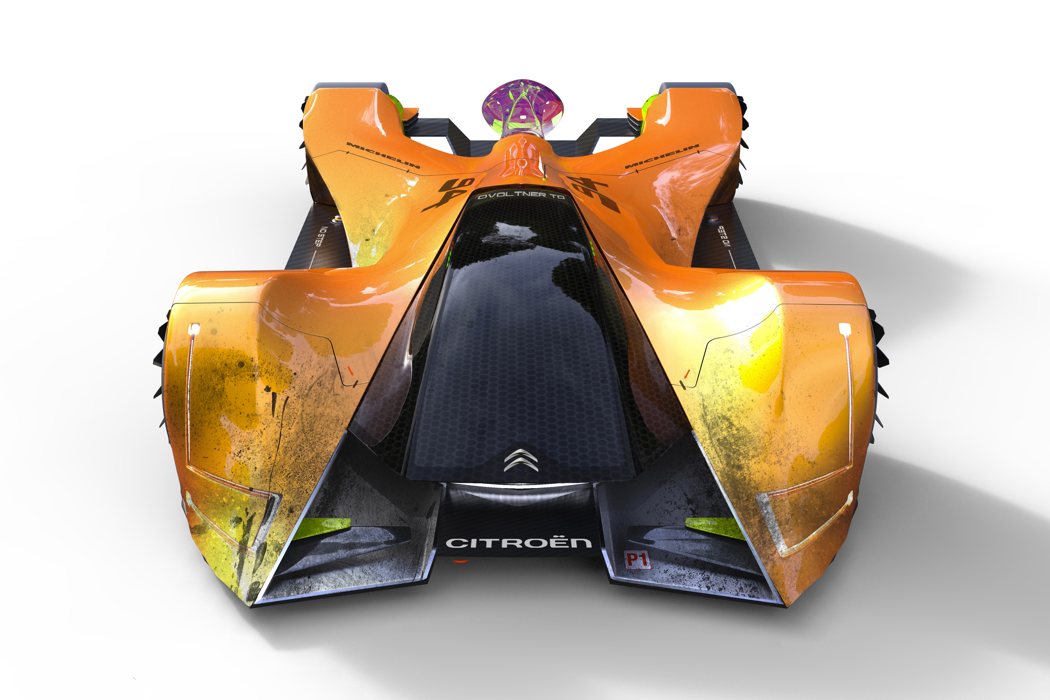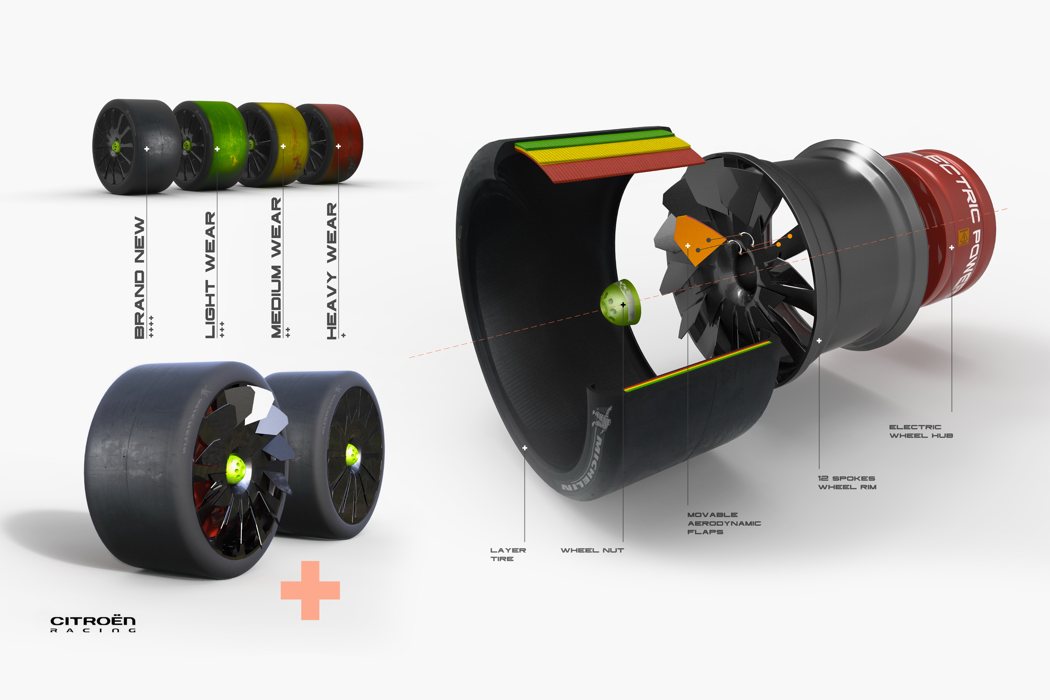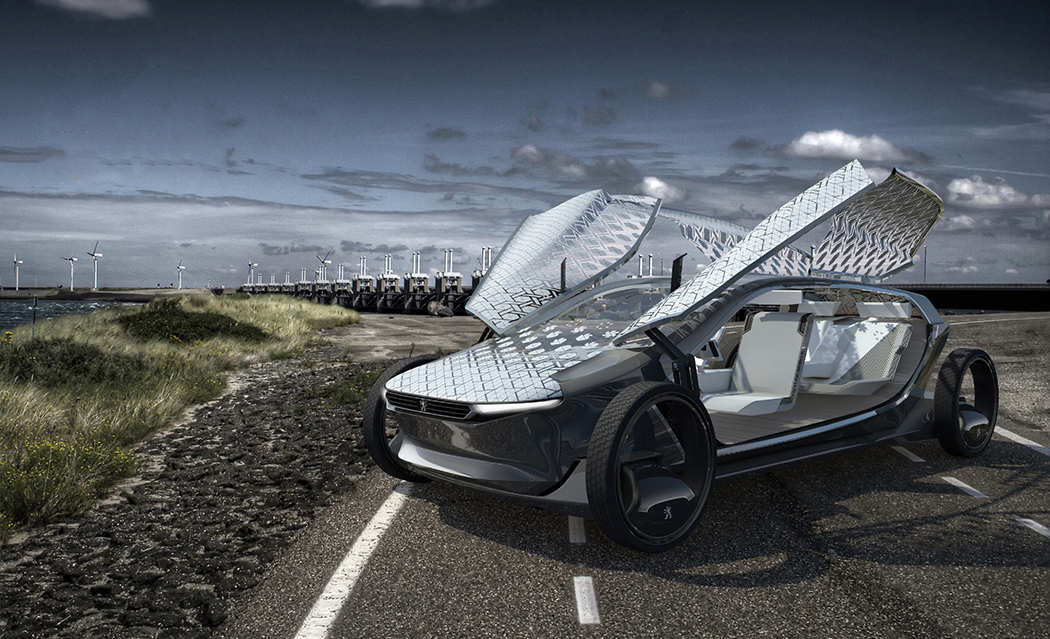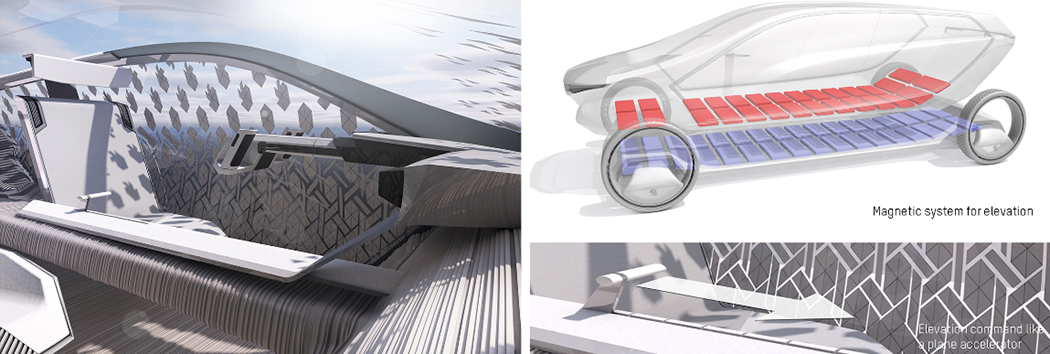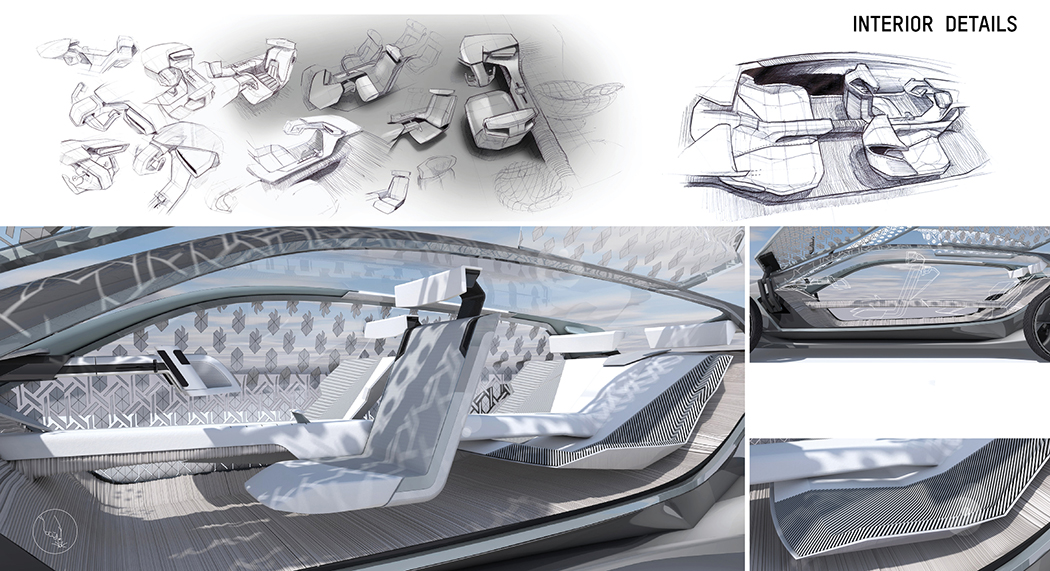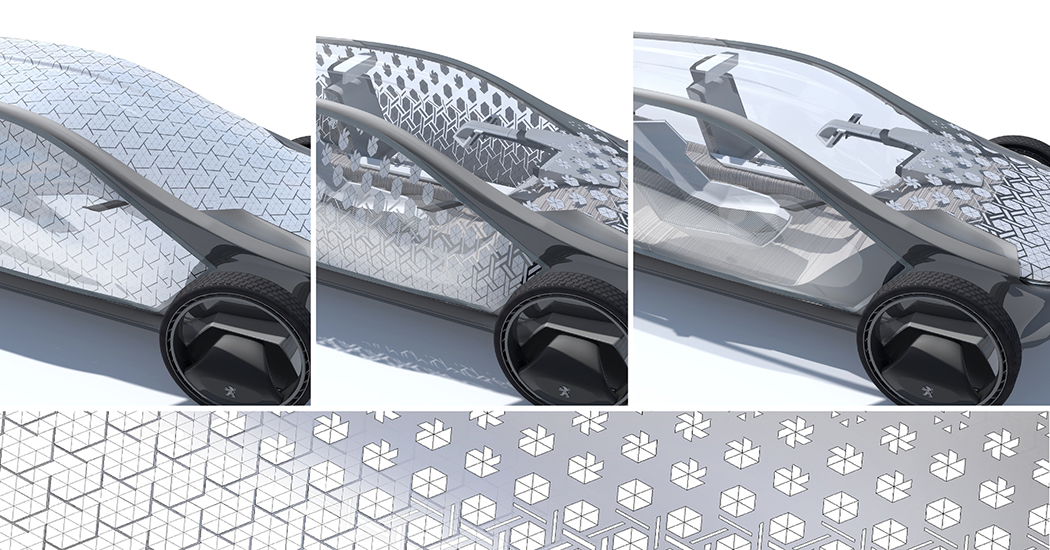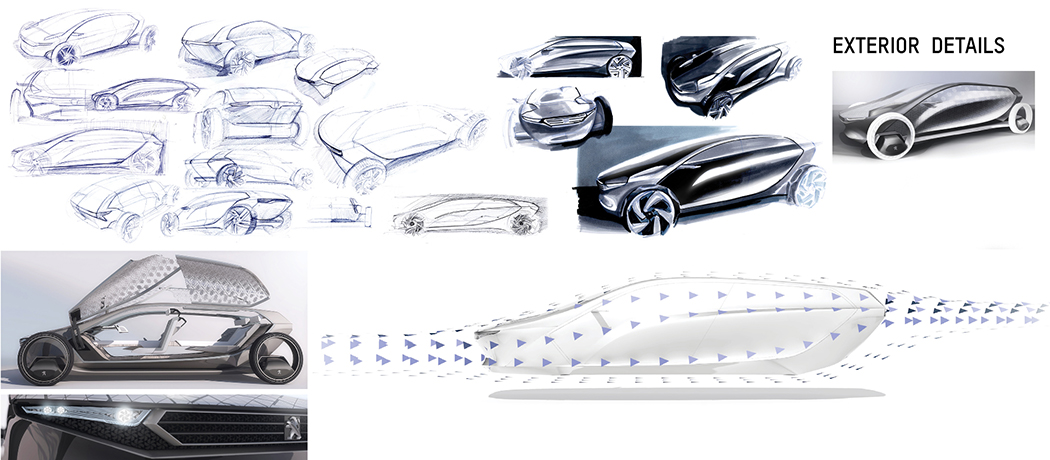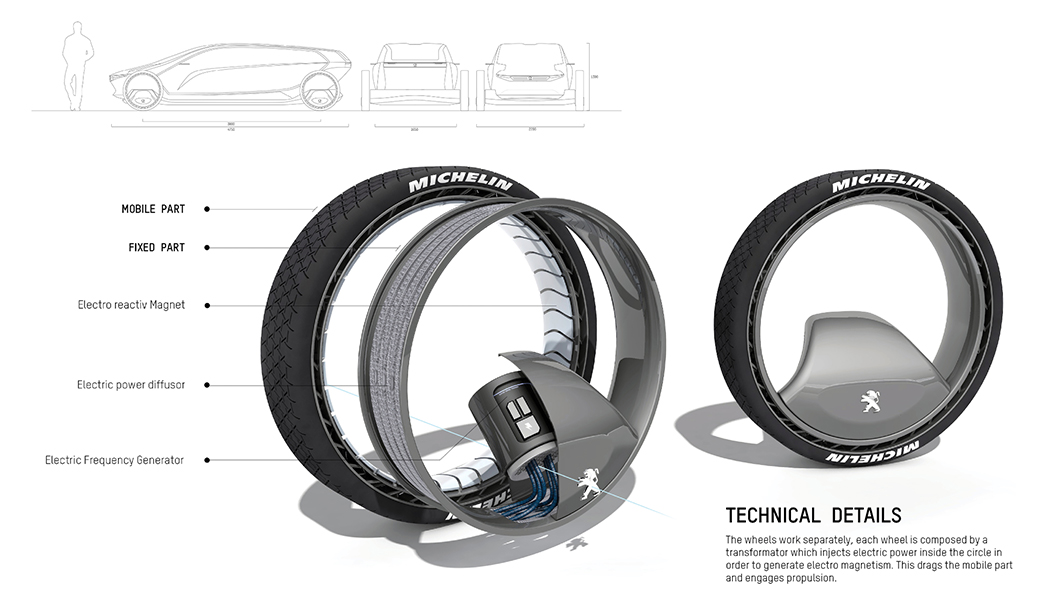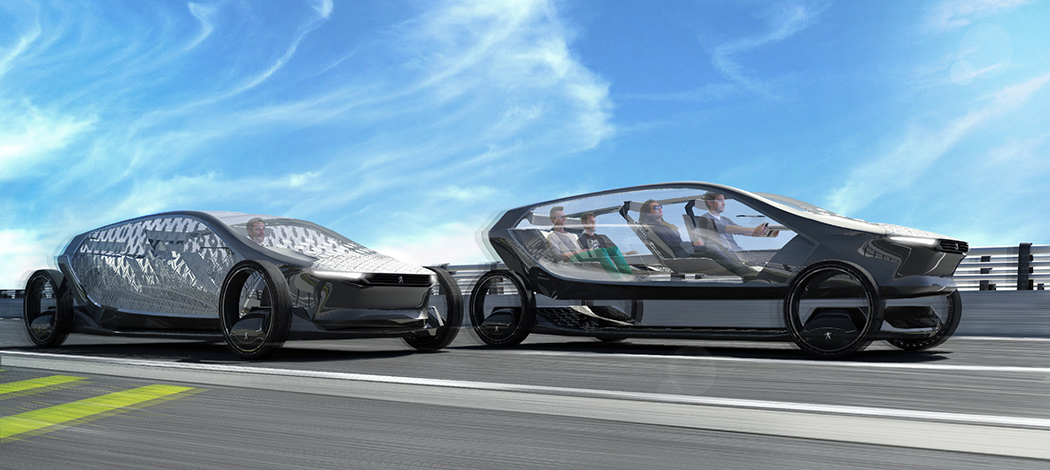Michelin Group, the multinational French tire manufacturing company, has its tread pointed towards becoming a leader in sustainable mobility. Veering away from tire manufacturing, Michelin is making strides on the ocean. Revealing a sustainability project aimed at the high seas, the global tire manufacturing group presented WISAMO, a wind-powered Wing Sail Mobility project, during this month’s Movin’ On global sustainability summit.
In a collaboration between Michelin R&D and a couple of Swiss inventors, WISAMO was designed in part as a contribution to their long-term goal of cutting global maritime transport emissions by more than half by 2050, Michelin’s WISAMO project provides inflatable sails to increase efficiency across all kinds of freight and cargo ships. The Wing Sail Mobility project was conceived to decarbonize the maritime industry at large, prompting Michelin to construct a wind sail system that fits most commercial cargo ships by enacting a plug-and-socket installment system.
Designed as a supplementary power source for freight and cargo ships, the inflatable sails would work in addition to the ships’ engines, propelling the ships forward with help from harnessed wind energy. WISAMO is an automated, retractable, and inflatable wind sail system that folds over the ship’s deck when not in use. The sails’ foldable design allows cargo and freight to pass under bridges or sail through storms without the worry of damage to the actual sails. Relying on a telescopic folding system, WISAMO’s sails unfurl via an automated system that uses an air compressor for inflation.
Offering his own technical and experiential knowledge, world-renowned french sailor Michel Desjoyeaux collaborated with the team at Michelin to help develop WISAMO. During its debut at the 2021 ‘Movin’ On’ global sustainability summit, Desjoyeaux cited the project’s environmental charge, “the advantage of wind propulsion is that wind energy is clean, free, universal, and totally non-controversial. It offers a very promising avenue to improving the environmental impact of merchant ships.”
Designer: Michelin Group
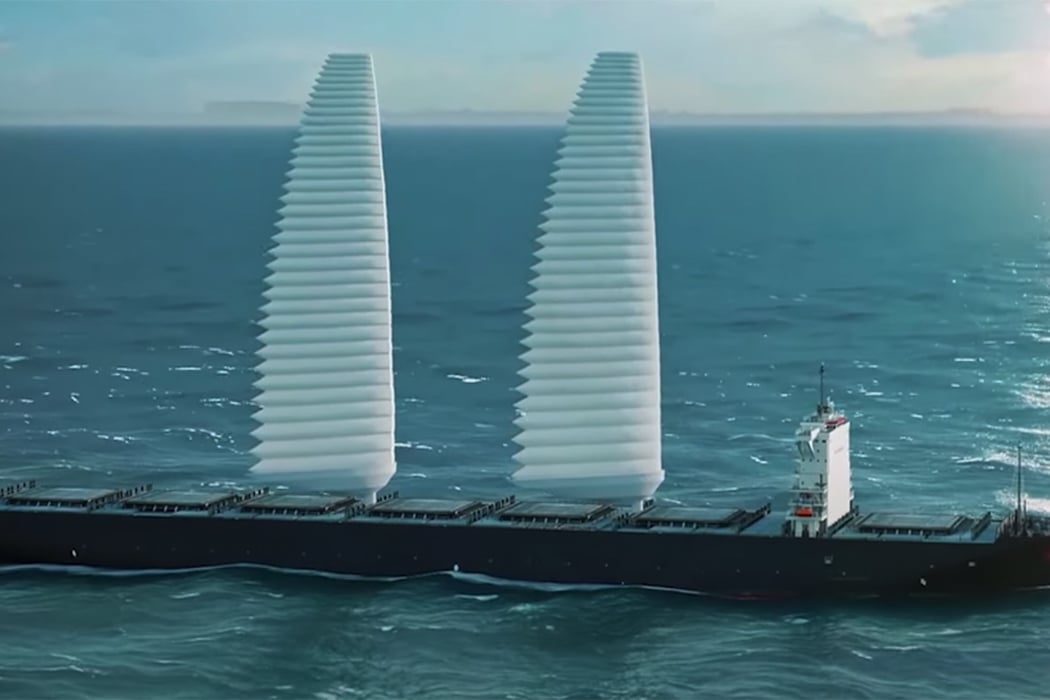
Relying on a retractable and inflatable sail system, WISAMO can be installed on most commercial cargo ships.
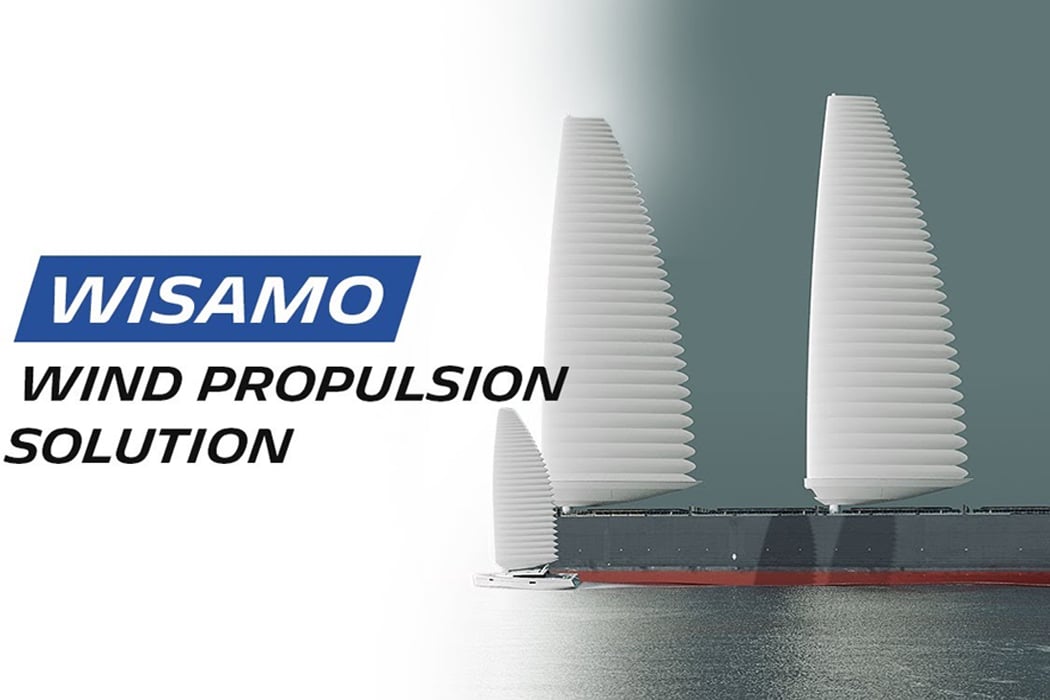
WISAMO was designed to hybridize freight ships, propelling their engine-driven speed further with wind power.
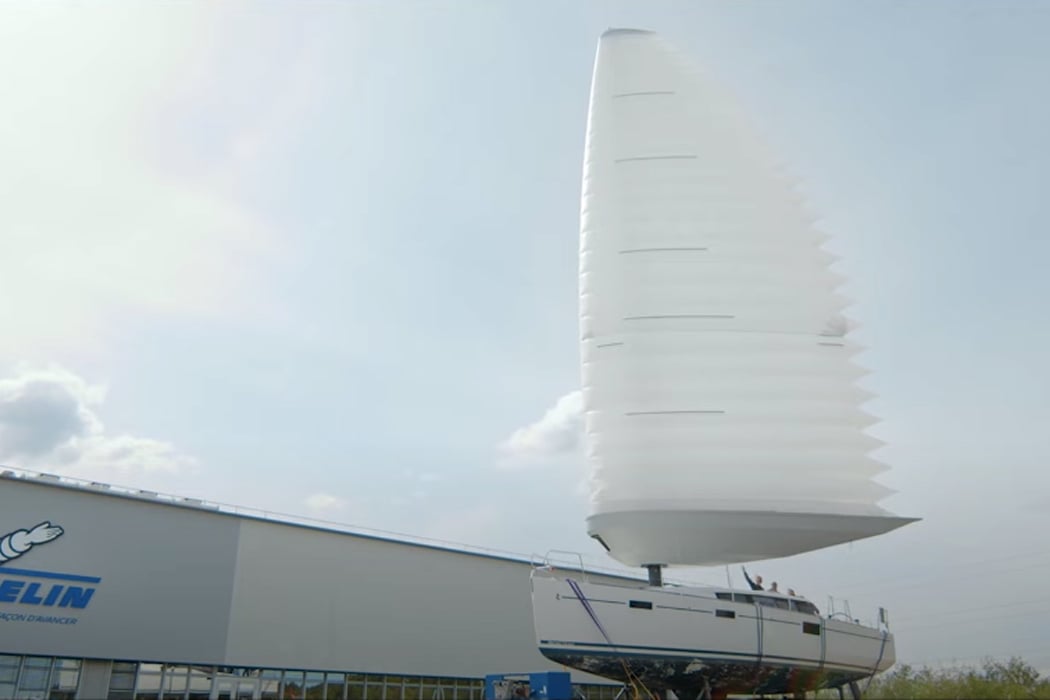
The inflatable sail systems can fit on most merchant and leisure ships.
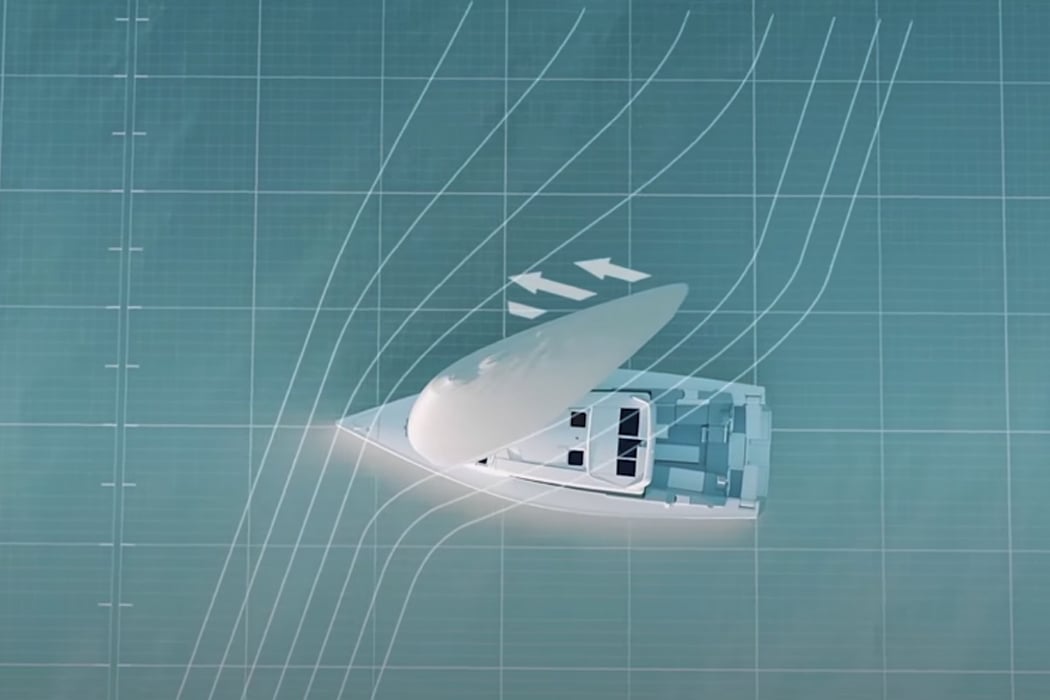
With the insight gained from experienced French sailor Michel Desjoyeaux, Michelin built WISAMO to garner optimal wind energy.
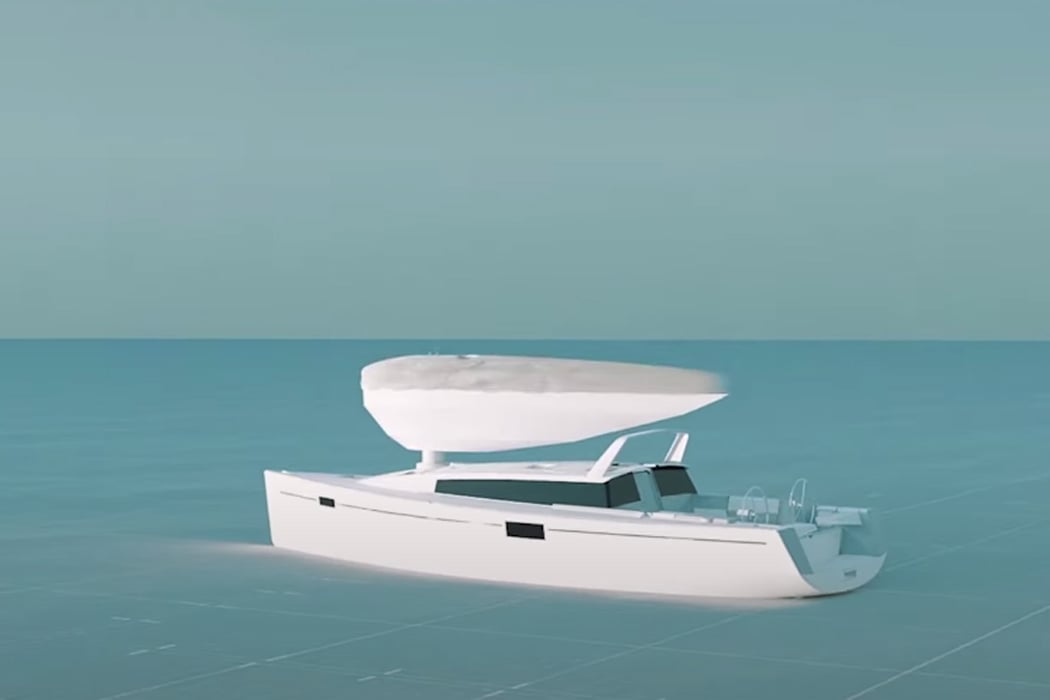
WISAMO retracts over the ship’s deck when not in use.
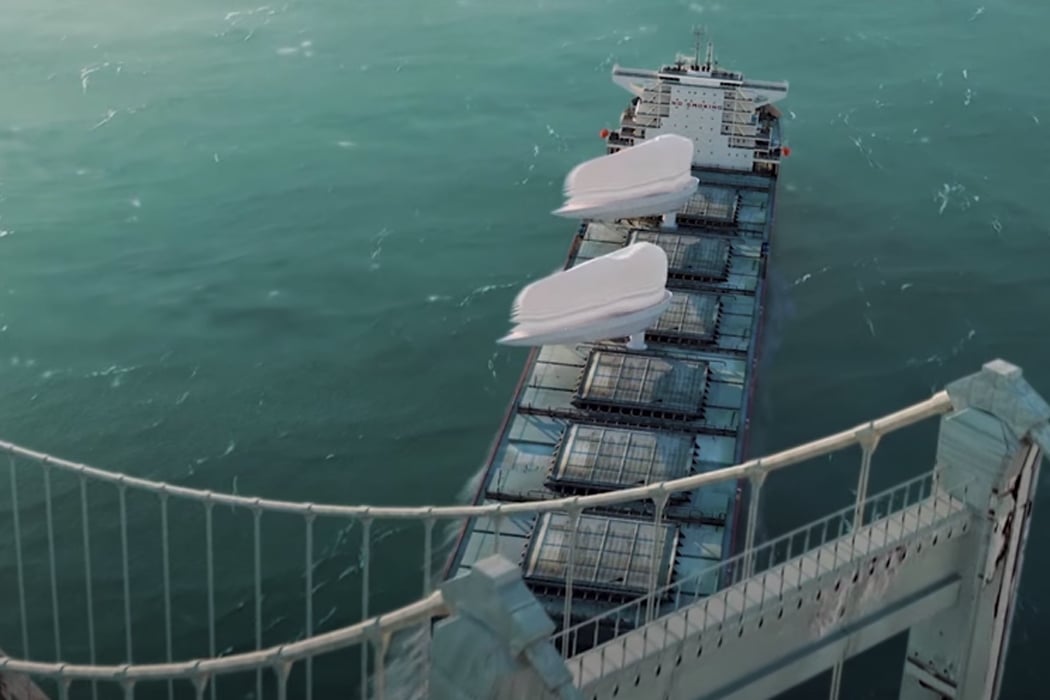
The telescopic folding design allows ships to still sail beneath bridges and through storms.
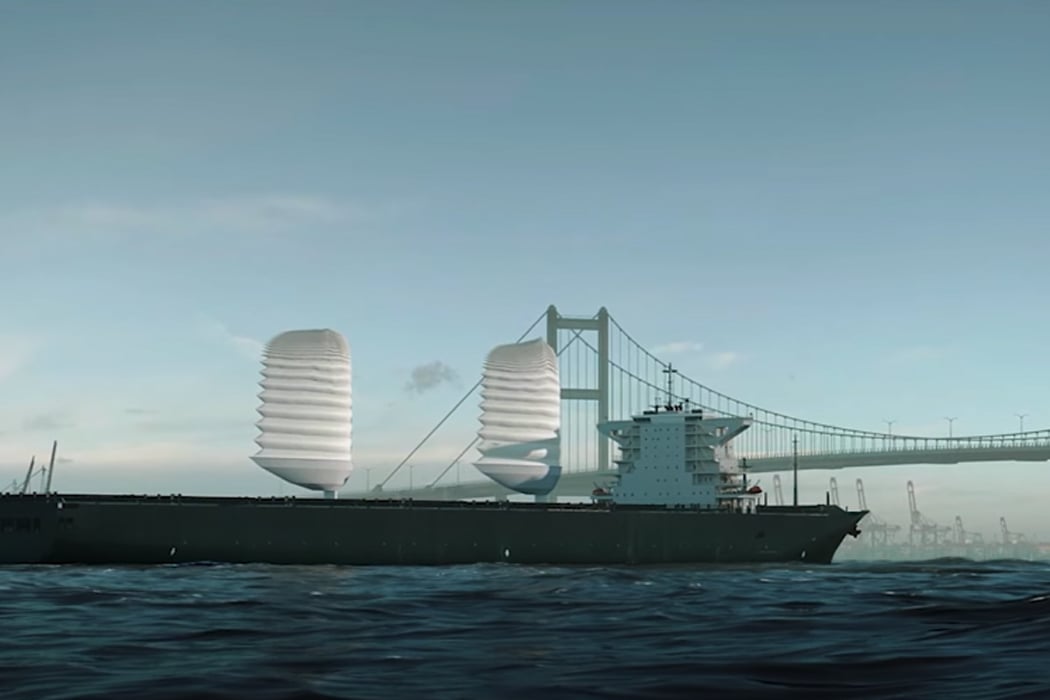
The automated folding system works with an air compression unit that’s activated with the push of a button.
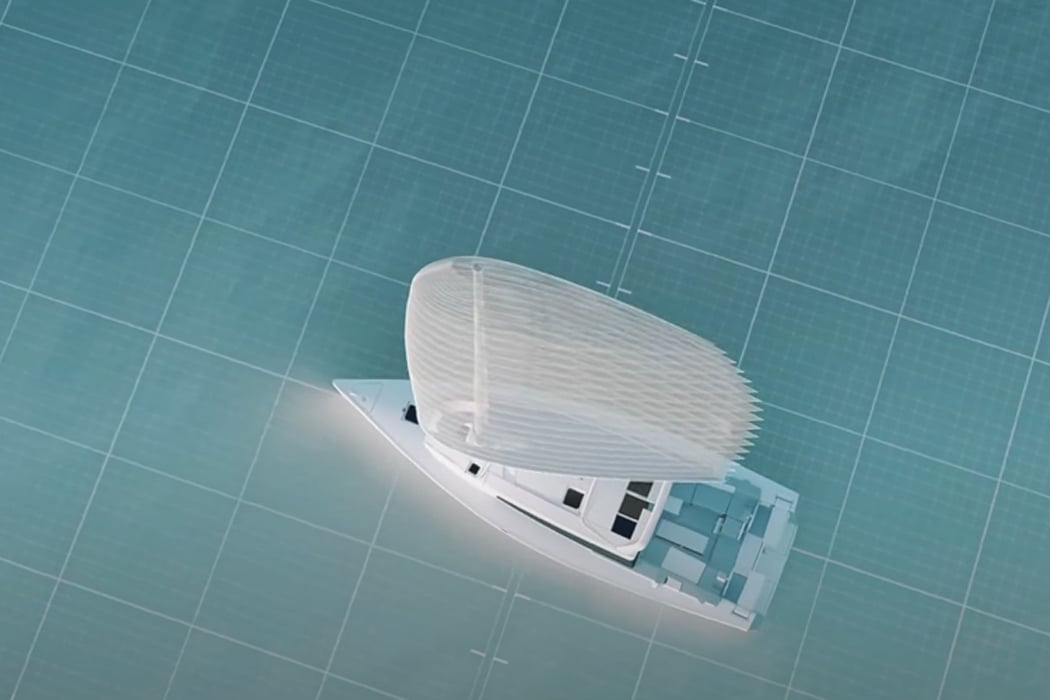
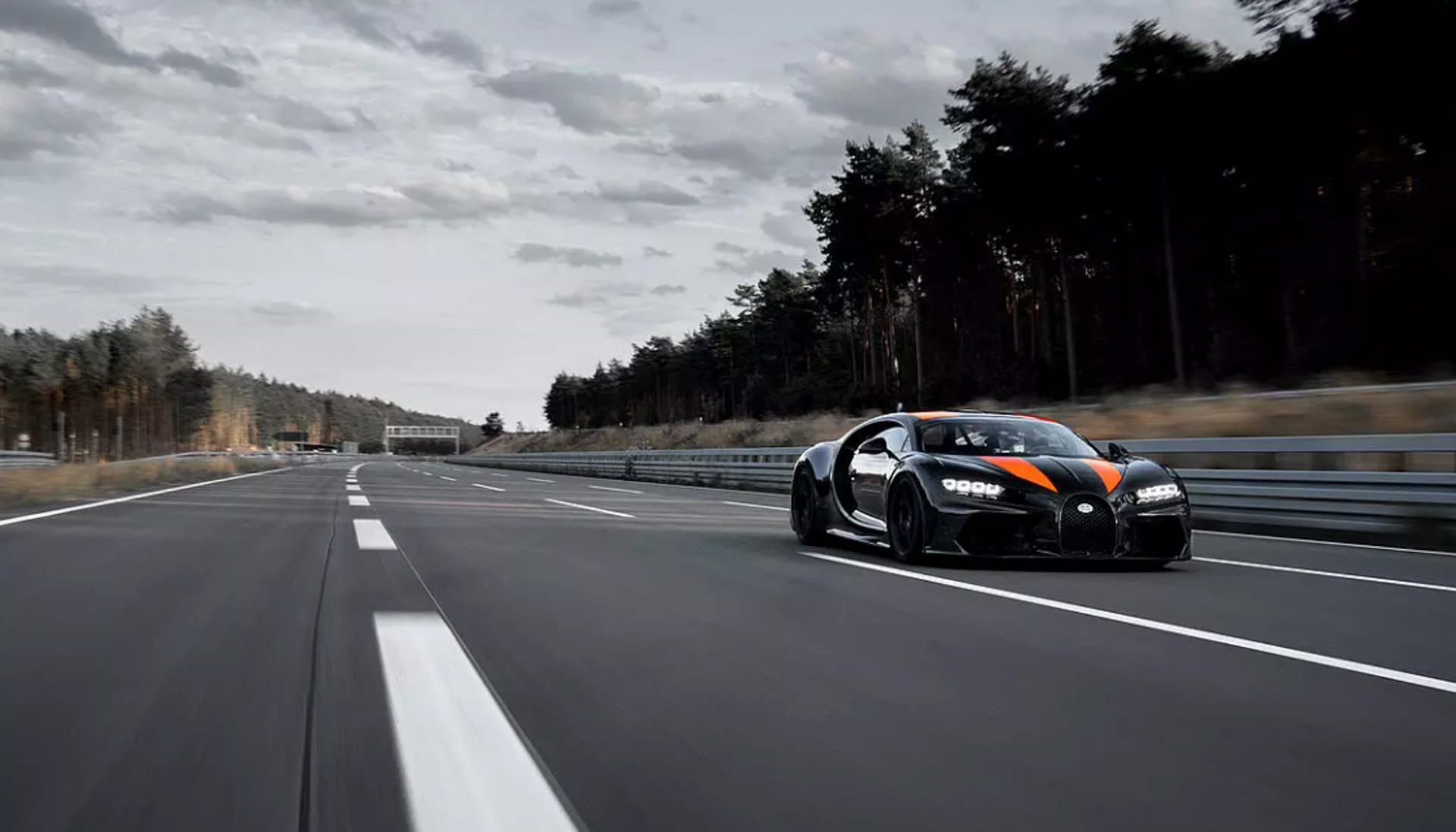 Speed kills.
That had to be on the minds of Bugatti and Michelin engineers (and driver Andy Wallace), when together they pushed a modified Chiron to 304.77 miles an hour. As you would expect, driving a production car that fast involves more than jus...
Speed kills.
That had to be on the minds of Bugatti and Michelin engineers (and driver Andy Wallace), when together they pushed a modified Chiron to 304.77 miles an hour. As you would expect, driving a production car that fast involves more than jus...



 Airless tires for everyday cars might soon be far more practical. GM and Michelin have unveiled a prototype of Uptis (Unique Puncture-proof Tire System), a Michelin-made tire intended for passenger cars. It looks like Tweel and other air-free conce...
Airless tires for everyday cars might soon be far more practical. GM and Michelin have unveiled a prototype of Uptis (Unique Puncture-proof Tire System), a Michelin-made tire intended for passenger cars. It looks like Tweel and other air-free conce...
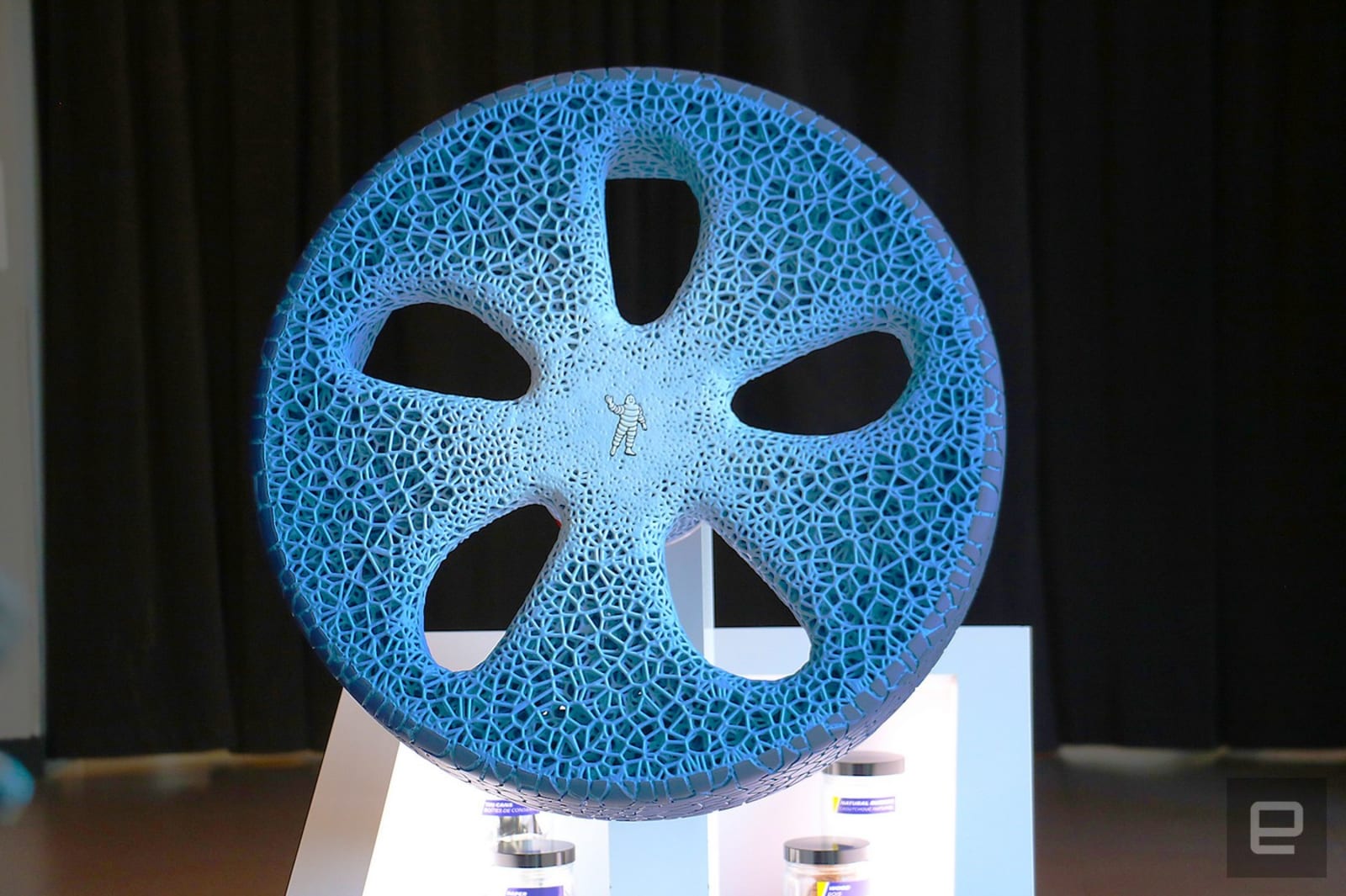 Looking at Michelin's new concept tire (dubbed the "Vision") is like staring at a mesmerizing painting of future wheels. The blue webbed structure looks nothing like a typical black tire, but feels just as sturdy. It also boasts a unique set of advan...
Looking at Michelin's new concept tire (dubbed the "Vision") is like staring at a mesmerizing painting of future wheels. The blue webbed structure looks nothing like a typical black tire, but feels just as sturdy. It also boasts a unique set of advan...
